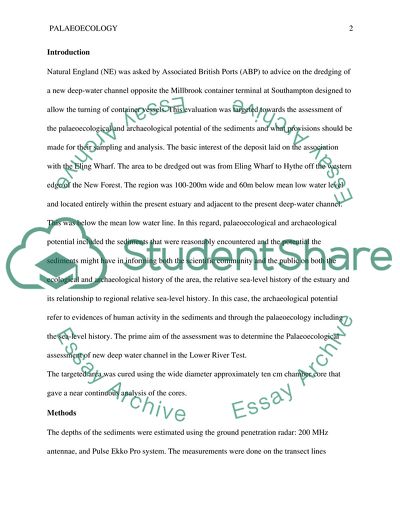Cite this document
(Palaeoecological Assessment of a New Deep water Channel in the Lower Case Study, n.d.)
Palaeoecological Assessment of a New Deep water Channel in the Lower Case Study. https://studentshare.org/geography/1825261-palaeoecological-assessment-of-a-new-deep-water-channel-in-the-lower-river-test
Palaeoecological Assessment of a New Deep water Channel in the Lower Case Study. https://studentshare.org/geography/1825261-palaeoecological-assessment-of-a-new-deep-water-channel-in-the-lower-river-test
(Palaeoecological Assessment of a New Deep Water Channel in the Lower Case Study)
Palaeoecological Assessment of a New Deep Water Channel in the Lower Case Study. https://studentshare.org/geography/1825261-palaeoecological-assessment-of-a-new-deep-water-channel-in-the-lower-river-test.
Palaeoecological Assessment of a New Deep Water Channel in the Lower Case Study. https://studentshare.org/geography/1825261-palaeoecological-assessment-of-a-new-deep-water-channel-in-the-lower-river-test.
“Palaeoecological Assessment of a New Deep Water Channel in the Lower Case Study”. https://studentshare.org/geography/1825261-palaeoecological-assessment-of-a-new-deep-water-channel-in-the-lower-river-test.


